Gloxinia (Gloxinia) is a member of the Gesneriaceae family. This plant was so named after the Alsatian botanist and physician Benjamin Peter Gloxin. This flowering plant is represented by shrubs and tropical herbaceous perennials. This flower comes from South and Central America, where it prefers to grow on rocks in Mexico, in the deciduous forests of Peru and Brazil, on the river banks and in the Andes. Gloxinia is also called Sinningia (Sinningia), as the flower was named after Wilhelm Sinning, who was a gardener at Boston University, this man was engaged in hybridization and selection of gloxinia for most of his life. The result of his labors was the emergence of home or hybrid gloxinia, which has a large number of hybrids and varieties.
Content
Features of gloxinia
Indoor gloxinia is a tuberous perennial plant. Its shoots are short, and the juicy leaf plates are velvety and have a bright green color. The velvety bell-shaped flowers can be double or simple, they are painted in red, purple, pink and white, and also frill, speckled and bicolor are found. In diameter, such flowers reach 70 mm, and in length - 50 mm. Gloxinia has a large number of seeds that are very small in size. In natural conditions, there are 25 species of this plant, however, breeders mainly work only with beautiful gloxinia and royal gloxinia.
Gloxinia royal (Gloxinia regina)
This flowering plant has thickened shoots, the height of which does not exceed 100 mm. On the surface of the dark green plates, there is pubescence, on the upper side there are streaks of silver color, and on the lower side - pale red. Broadly oval leaves are placed opposite to 4-6 pieces, in length they reach 15-20 centimeters. On long peduncles there are drooping, dark purple bell-shaped flowers reaching 70 mm in diameter and 50 mm in length.
Gloxinia fine (Gloxinia speciosa)
This herbaceous plant has long-petiolate leaf plates of a wide oval shape, they taper towards the base. Such leaves are colored uniformly green. Flowers, depending on the variety, can have different shapes, they are painted in red, blue, purple, white, purple or pink, there are forms with a white border around the edge.
This flower has some features that a florist needs to know about:
- When the flowering is over, the part of the plant located above the ground will die off. It is very important to wait until this process is over by itself.
- Before the plant begins a dormant period, it must be fed and fertilizers are used for this, in which there is no nitrogen, for example, potassium monophosphate.
- A pot for such a flower needs a large enough. So, an adult gloxinia needs to be planted in a pot that reaches at least 15 centimeters in diameter.
- In order for flowering to last throughout the year, for such plants it is necessary to equip a warm shelf or rack, where the bushes will be illuminated for 14 hours a day.
Gloxinia care at home
Illumination
When growing gloxinia indoors, it is necessary to choose a spacious place for it, which should be very well lit, while the light needs bright, but diffused. The optimal length of daylight hours for such a flower is 12-14 hours. In this regard, it will need illumination, especially during long nights. It is very easy to find out whether the plant has enough light: if the stem is short, and the leaf plates of a dark green color are placed horizontally, then this means that everything is fine. With a lack of light, the stem and foliage will stretch upward. It is very important to remember that such a flower should not be exposed to direct rays of the sun, because they can destroy the plant. It should also be remembered that gloxinia reacts extremely negatively to drafts, in this regard, the window where it stands should not be opened under any circumstances.
Air humidity
Gloxinia needs high air humidity, but it should be remembered that it cannot be sprayed, since the liquid should not get on its foliage and flowers. In this regard, to increase humidity, it is recommended to place open vessels filled with water next to the flower.
Temperature regime
During the growing season, normal room temperature will be sufficient for this flower culture. However, during the dormant period, the flower should be rearranged to a cool place (about 10 degrees). Watch the flower closely, and you yourself will understand when it will miss something. So, if it is too hot in the room, then the foliage near the bush begins to stretch upward. And if he is cold, then the sheet plates fall below the edge of the container.
How to water
During the growing season, watering the flower must be carried out through the pallet, or you can use the top watering, while trying to prevent water droplets from falling on the foliage or flowers. Water the plant only when the top layer of the soil mixture dries up. From the last days of August, watering begins to be carried out less and less, since by the end of October the flower should gradually enter a dormant period. Water the gloxinia on time and do not allow liquid to stagnate in the substrate. For irrigation, use filtered or well-settled water, which should be slightly warmer (by 1-2 degrees) room temperature.
Top dressing
Top dressing is carried out during intensive growth 1 time per decade, for this use a complete complex fertilizer for decorative flowering plants. They stop feeding gloxinia from the second half of August. If you do not feed it at all, then this has an extremely negative effect on both the growth and flowering of the bush. For example: the flower begins to grow more slowly, the buds become smaller, the color of the flowers becomes less bright, the bush loses its former decorative effect, the duration of flowering is reduced.
With an insufficient amount of boron in the substrate, gloxinia can have problems. You can understand this in summer, when the day is at its maximum: deep notches form along the edge of the foliage. To fix this, the plant is fed with a borax solution (2%). However, you should not overdo it with top dressing, since an excess of fertilizer also has an extremely negative effect on the plant.
Transfer
Every year, at the end of the dormant period, the bush is transplanted into a new container.In this case, the substrate is taken exactly the same as for begonias or violets. If desired, ready-made soil mixture can be purchased at a specialized store, and you can also make it yourself: for this, combine humus and leafy soil, as well as sand in a ratio of 1: 2: 1.
The transplant is carried out in February. To do this, the flower must be removed from the container along with the earthen lump, then it is transferred into a new container, which should only be slightly larger than the old one. Do not forget to make a good drainage layer at the bottom of the pot, which is sprinkled on top with a thin layer of substrate. After that, you need to add a little soil mixture and compact it. As a result, the tubers should be immersed in the soil mixture only ½ part. Thus, the primary planting of this flower is carried out.
Post-flowering care
After flowering ends, as a rule, this happens in May or June, you will need to cut off the stem, and almost all the leaf plates, from 2 to 4 lower leaves should remain on the bush. Stepchildren should soon grow in the axils of these leaves, of which the 2 most powerful should be selected, and the remaining cut out. Experts advise during this period to feed gloxinia with fertilizers for growth, and 4 weeks after the appearance of the buds, the plant will need fertilizers for flowering. Most often, re-flowering is more scarce when compared to the first. In some cases, flowering lasts the entire summer period, and then the plant does not bloom again. After the plant has completely bloomed, it is necessary to gradually reduce watering, and also stop feeding it. When the leaf plates turn yellow and dry, the tops must be shortened so that a stump remains above the tuber, reaching 10–20 mm in length.
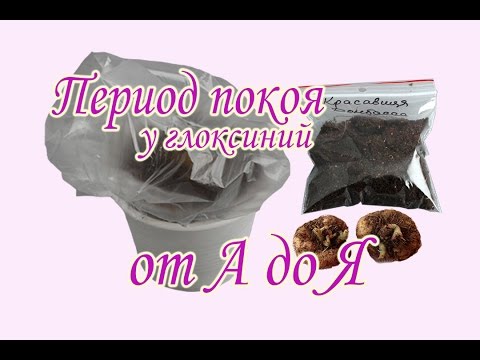

Watch this video on YouTube
Winter care
After the bush is cut off for wintering, it should be removed to a cool and dark place, where it will be stored until the last days of February. Do not allow the tubers to completely dry out in winter; for this, the substrate will need to be moistened 1 or 2 times every 4 weeks. Gloxinia can also be stored for the winter under a bath or removed to a warmed loggia.
There is another way to store this plant in the winter. To do this, you will have to remove the tubers from the pot in the fall. And since in the last days of January or the first - in February, gloxinia is transplanted with a complete replacement of the substrate, then in the fall, removing tubers from the pot will not be a burdensome task. All residues of the substrate should be removed from the tuber, then it is put into a bag with a lock made of polyethylene. Pour the soil mixture combined with vermiculite (1: 1) into the bag, then zip it tightly and put it on the refrigerator shelf for vegetables. With this storage, the tuber will definitely not dry out without watering and will lie for all 3 or 4 months before planting.
A very young plant grown from seed hibernates in a pot. It should provide moderate watering so that it can survive the winter.
Reproduction of gloxinia
Growing from seeds
In flower shops, you can, if you wish, purchase seeds of various varieties of gloxinia and try to grow a flower from them with your own hands. But you should be prepared for the fact that this event may not give the expected results.
The first step is to buy the seeds of this flower, and experienced growers recommend opting for granular seeds. As a rule, the germination period is written on a pack of seeds from 4 to 6 months, and sometimes 9 or 10 months, but this is only if the sowing is done in autumn or winter. For seedlings to appear as soon as possible, sowing should be done in March. For crops, you will need a mini-greenhouse, which you can buy in a store or do it yourself: for this, in a deep plastic container with a lid, you need to place peat tablets that need to be soaked. Then granules with seeds are laid out on these tablets; they do not need to be buried in the substrate.To prevent the air from stagnating in the greenhouse you built, you need to make several holes in the lid for ventilation. The mini-greenhouse should be removed to a well-lit and warm (22 to 23 degrees) place. For 10-15 days, the substrate should be very carefully moistened if necessary. After that, all that remains is to wait until the seedlings appear.
After the seedlings appear and grow, they should be planted in individual disposable cups along with peat tablets. And after a while they are planted in permanent pots.
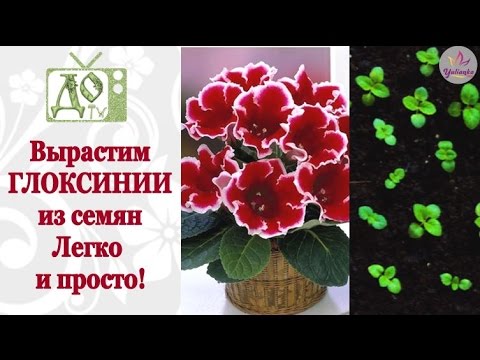

Watch this video on YouTube
How to propagate with leaf plates
Propagation of gloxinia by leaf cuttings is much more reliable than generative propagation. Therefore, if there is such an opportunity, then it is better to opt for this particular method of reproduction. Since the leaf plates of this plant are rather large, either the smallest leaf should be found, or the large plate must be divided into parts. The sheet must be cut across, parallel to the transverse veins. The petiole at the plate must be shortened to 20 mm, no more. Please note that you need to cut the plate with a very sharp tool, otherwise the uneven edges may begin to rot over time.
Parts of the leaf plate should be planted in individual pots filled with slightly moistened light soil mixture. They are placed in a small greenhouse or covered with a plastic bag on top. For four weeks, you do not need to air or water the leaf cutting. After the specified time, parts of the leaf plate should take root, and they must be gradually taught to live in indoor conditions, for this you need to open the shelter for a while. A greenhouse with rooting leafy cuttings should be placed in a warm and bright place.


Watch this video on YouTube
Diseases and pests
Diseases
Gloxinia, like many other home-grown plants, is susceptible to various diseases. Most often, those flowers that are improperly looked after are sick.
Gray rot - brown specks form on the foliage of the affected specimen. Cut out all affected parts of the plant and spray the bush with the fungicidal solution.
Root rot - Gloxinia is most often affected by it. The root system turns dark brown, and rotting of the stem at the base is also observed, after which the flower dies. This disease develops if cold water is used to water the bush, and it can also happen if liquid stagnates in the substrate all the time.
In addition, such a flower can infect a black leg, late blight, powdery mildew and other fungal diseases. For prophylaxis, spray the plant with Fitosporin, and to cure a diseased bush, it must be treated with Fundazol.
Pests
This plant is susceptible to disease and viral diseases, the main carriers of which are spider mites or cyclamen mites and thrips.
Cyclamen pliers very small and can only be seen with a microscope. However, if there are a lot of mites, then their accumulation can be seen on the seamy surface of the leaves, while they look like a layer of ordinary dust. It is possible to understand that such mites have settled on gloxinia by the following signs: deformation and thickening of the leaf plates is observed, while they turn down along the edge, twisting of the stem, wilting of buds, deformation of petals on flowers and drying of the tops of the shoots also take place.
Spider mite is also very difficult to see.This pest also settles on the seamy surface of the foliage, while it sucks out the cell sap from the plant. A sign of a plant infection with a spider mite is the presence of white dots on the surface of the leaf plates, which eventually turn into brownish-yellow spots. If there are a lot of pests on the bush, then a thin web can be found on its surface.
If you settled on gloxinia thrips, then streaks, dots and specks of light color appear on its leaf plates, while the intact section of the plate acquires a silvery sheen. After a while, these areas dry up, and on the lower side they turn brown, while the edges of the plate are curled upward. Treat the bush 3 times with an interval of 7 days with an insecticidal agent (Karbofos, Aktellik, Aktara or Fitoverm), after which you will need to replace the top layer of the substrate or completely change it. This is done because the larvae of the pest go into the substrate. The same insecticides can also kill ticks, but in this case, replacing the soil mixture will not be necessary.
Possible difficulties
With proper care, the tropical beauty Gloxinia can live up to 10 years, delighting its owners with colorful flowering. Moreover, the older and more developed the plant, the more flowers it will have. Sometimes their number reaches 50 pieces!
- Gloxinia leaves have brown spots - this indicates the ingress of water on them, as well as the use of too cold water for irrigation.
- Gloxinia leaves turn yellow - a sign of dry or too humid air, direct sunlight or excess fertilizer.
- Gloxinia has leaves curled - this happens with excessive feeding and when exposed to drafts.
- Elongated pale leaves - a sign of a lack of lighting.
- Plaque of gray on flowers and leaves - this indicates the defeat of the plant by gray rot.
- Flowers remain hidden under the leaves - this happens with a short daylight hours or too low temperature.
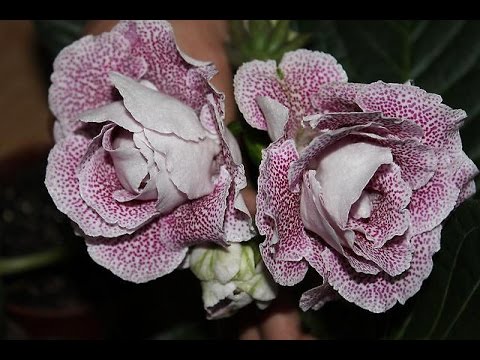

Watch this video on YouTube

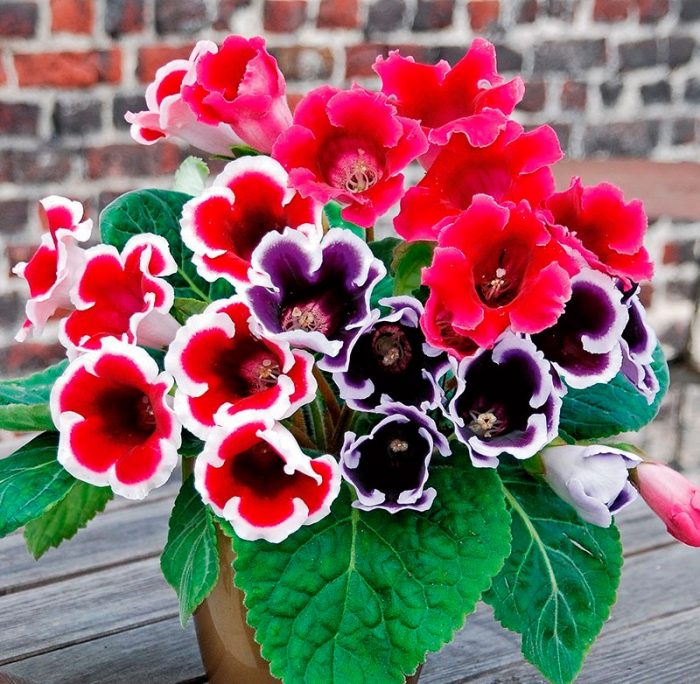
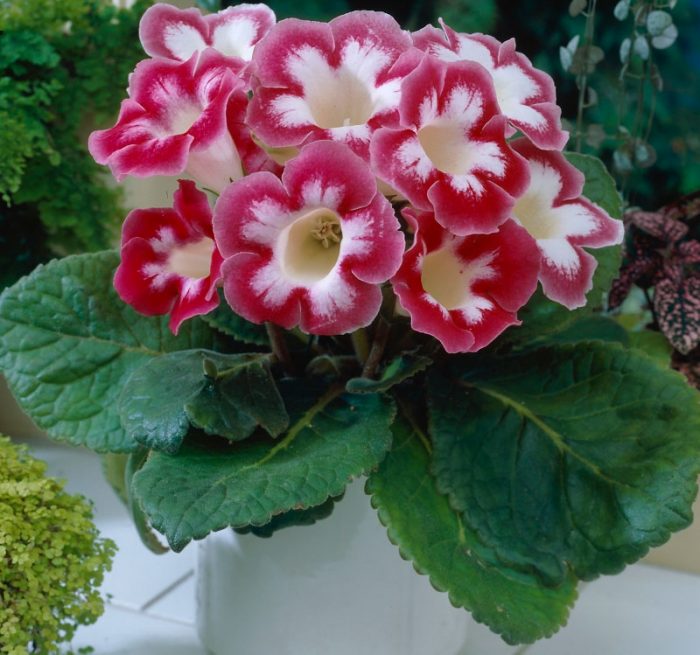
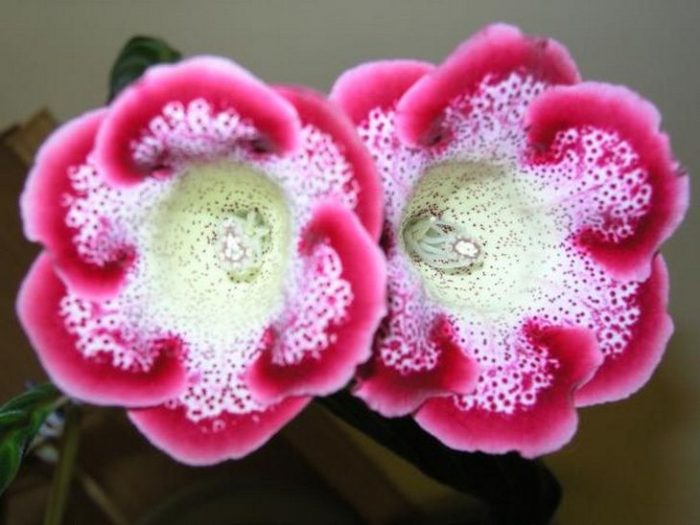
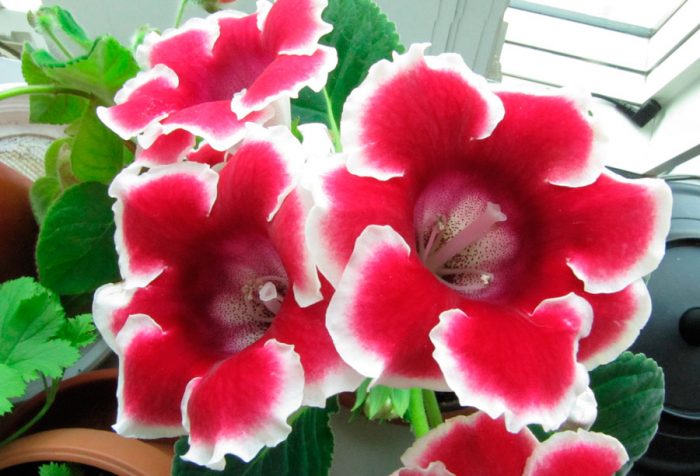


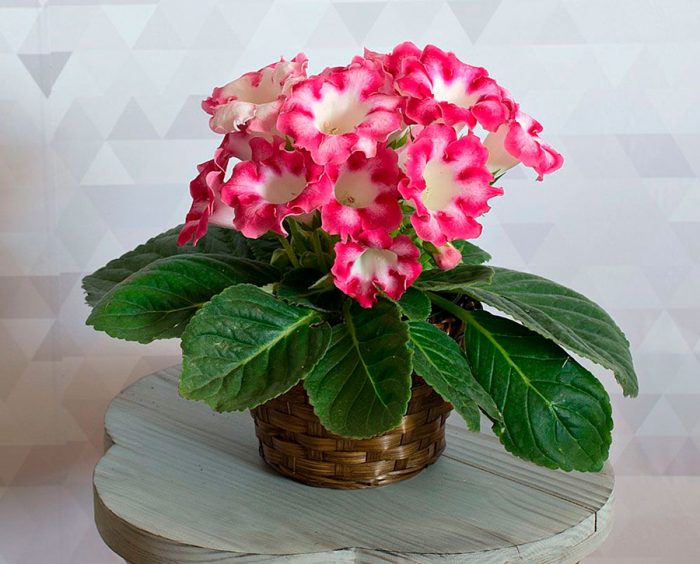

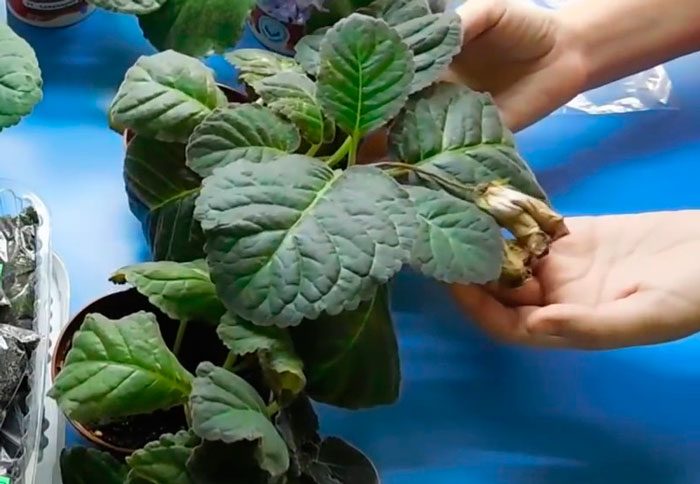

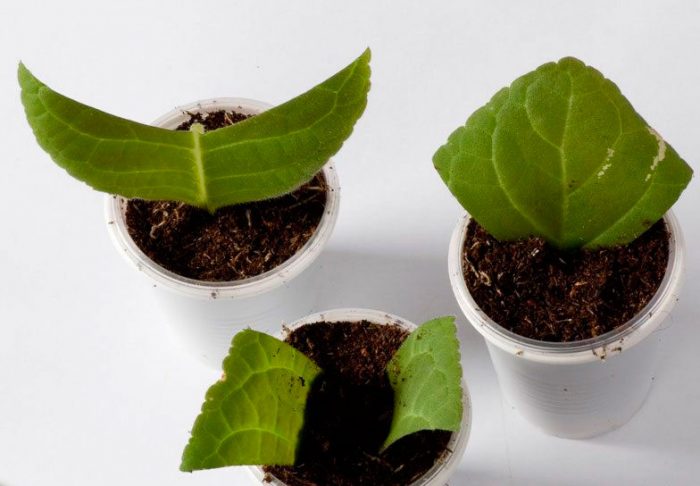
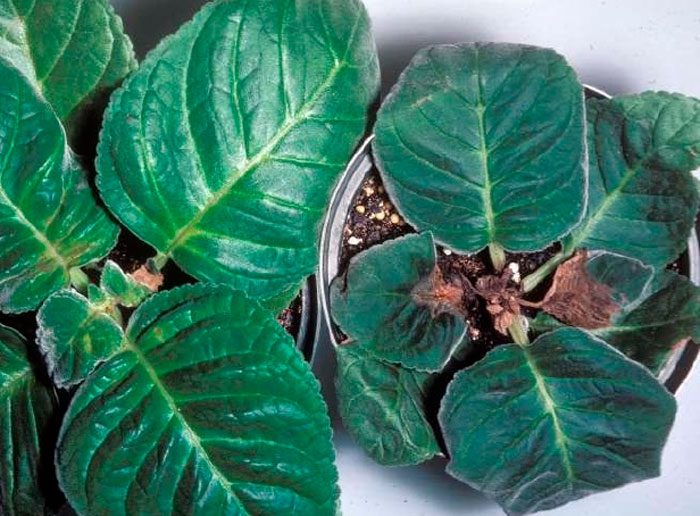
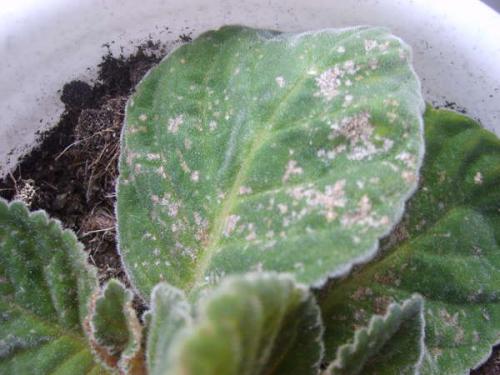
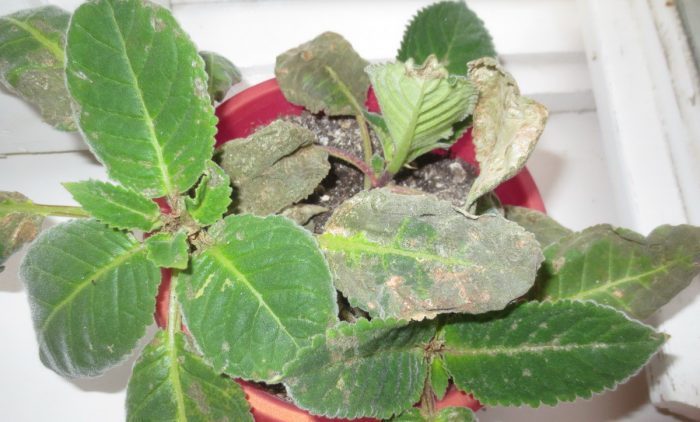
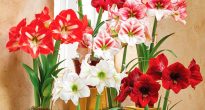




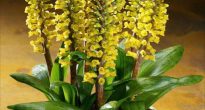

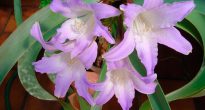
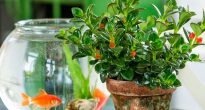

Thanks for the help and tips? ? ? ? ?
What is the germination period of tubers from the Gloxinia leaf and in what period is it better to germinate
You can germinate at any time of the year, I usually do this as soon as the plant fades, everything is described in the article.
Thank you so much!!! Very detailed !!!
Everything is clear I'll buy it home
I love GLOXINII since childhood! They probably me too)) I put the leaf in the water and after 3 days the root system is already visible👌
Thanks for the article, it is very interesting, now I will be more careful about my favorites!